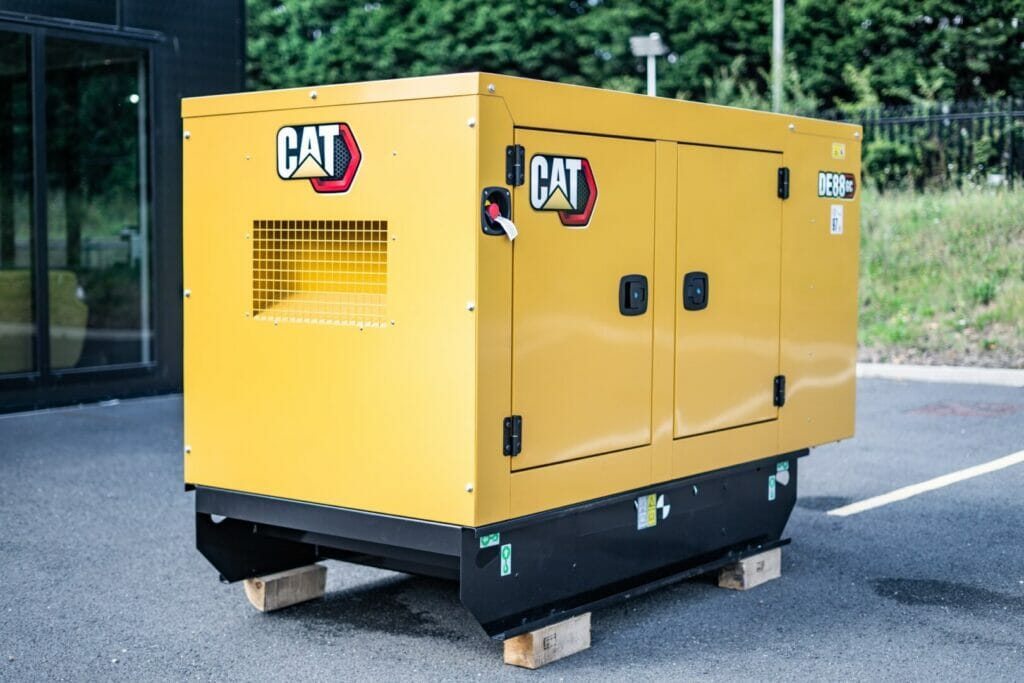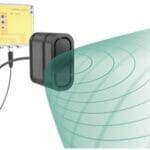When buying a new suit, a pair of shoes or any clothing, we want to know that it is made to measure and that it will be comfortable when we wear it. As with fashion, size matters in power generation — when selecting a new generator set, it is important to know that it will deliver the necessary power once installed. Here, Brad Morrissey, Bid Manager at energy and transportation expert Finning UK & Ireland, explains the importance of generator sizing and offers tips on best practice.
When selecting a new generator, whether it is a prime or a standby unit, it is vital that the new machine can support the required loads without being placed under unnecessary stress. To achieve this, operators must size their generator sets correctly, which means finding a unit where the kilo-volt-ampere (kVA) rating closely matches their site’s power requirements.
The application will often determine the generator class needed. Homeowners will typically use small, portable units powered by a single-phase current, while larger industrial sites require more capacity and therefore use three phase-motors to achieve higher power. Sizing a unit correctly is a challenge but can be easy with the necessary steps.
A balancing act
If a generator set is wrongly sized for the application, the impacts can be commercial and operational.
When an undersized generator is installed, it’s possible that the load applied to the generator will be too much for it to handle. When this occurs, engine speed decreases and along with it the voltage and frequency output to the facility. This has the potential to cause a complete generator shutdown and blackout the site. Alternately, equipment that is sensitive to power quality may trip or suffer performance issues. To address these issues could require modification of the site facilities, for example by implementing a load management scheme, or it may require replacement of the generator with a larger unit. Both are significant undertakings.
When the generator is oversized, the impacts are different but nonetheless still important. An oversized generator will take up more physical space in the facility and will be more costly to operate and maintain. It will require larger electrical switchboards and associated cabling to take the full electrical output of the generator, even if all the available power will not be used. For continuous operation generators that are designed to run close to full load, running on a lighter load will increase fuel consumption and reduce combustion efficiency because the genset will struggle to get up to temperature. Underloading is also a common cause of engine slobber, where unburned fuel and oil deposits leak from the exhaust manifold joints.

Getting started
The first step when sizing a standby unit is understanding what loads need to be supported. This means making a list of equipment that needs to be powered, calculating the total power consumption of everything from sockets and lights to pumps, motors and air conditioning. This information can be found on the equipment’s rating plating or in the manufacturer’s guide. It can also be measured using a clamp meter. Once you have calculated the total load, you can work out the minimum electrical input required from the generator.
When calculating the maximum required power, it is important convert the total power requirement in kilowatts (kW) to kVA, the unit generators are rated in. To facilitate the sizing process, Finning offers SimpleSizer on its Easy Power site. This easy-to-use online tool allows you to calculate your minimum power requirements and select a genset based on this information.
Not all loads are equal
Another important consideration is the type of load being supported. For example, a simple electric heater will have a different impact on a generator than a pump, even if they have the same power rating. This is because motors require their internal windings to be energized as part of the starting process. Variable Speed drives will also have a different load profile, as will other types of equipment. The SimpleSizer tool allows these characteristics to be taken into account, which will help you simplify the process and ensure the right choice is made.
Site considerations
Once the load size has been calculated, it is important to establish that the site can accommodate a unit with the required power rating. Space is at a premium in critical facilities like hospitals and data centres, meaning good access and maneuverability are vital for successful delivery and installation. Therefore, during the process it is important to factor in site conditions as well as the size of the fuel tank, which will vary depending on the generator model and the time that the unit is required.
Although sizing a genset is far more complex than being measured for a new suit, with the right data it can be a straightforward process. Knowing what loads need to be backed up, calculating the maximum required wattage and factoring in any site-specific considerations are all important steps to take. To start your sizing journey, visit the SimpleSizer tool on the Easy Power site.







